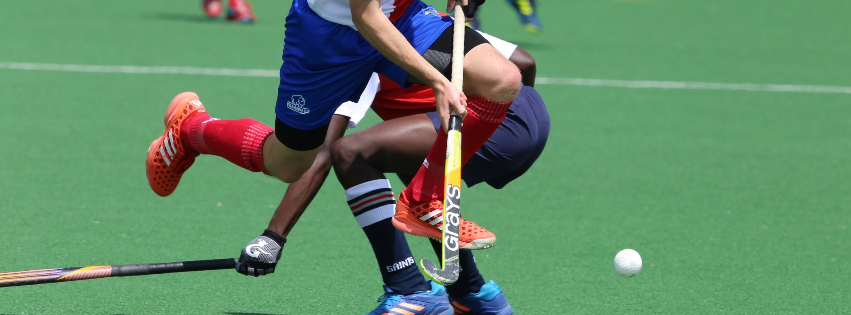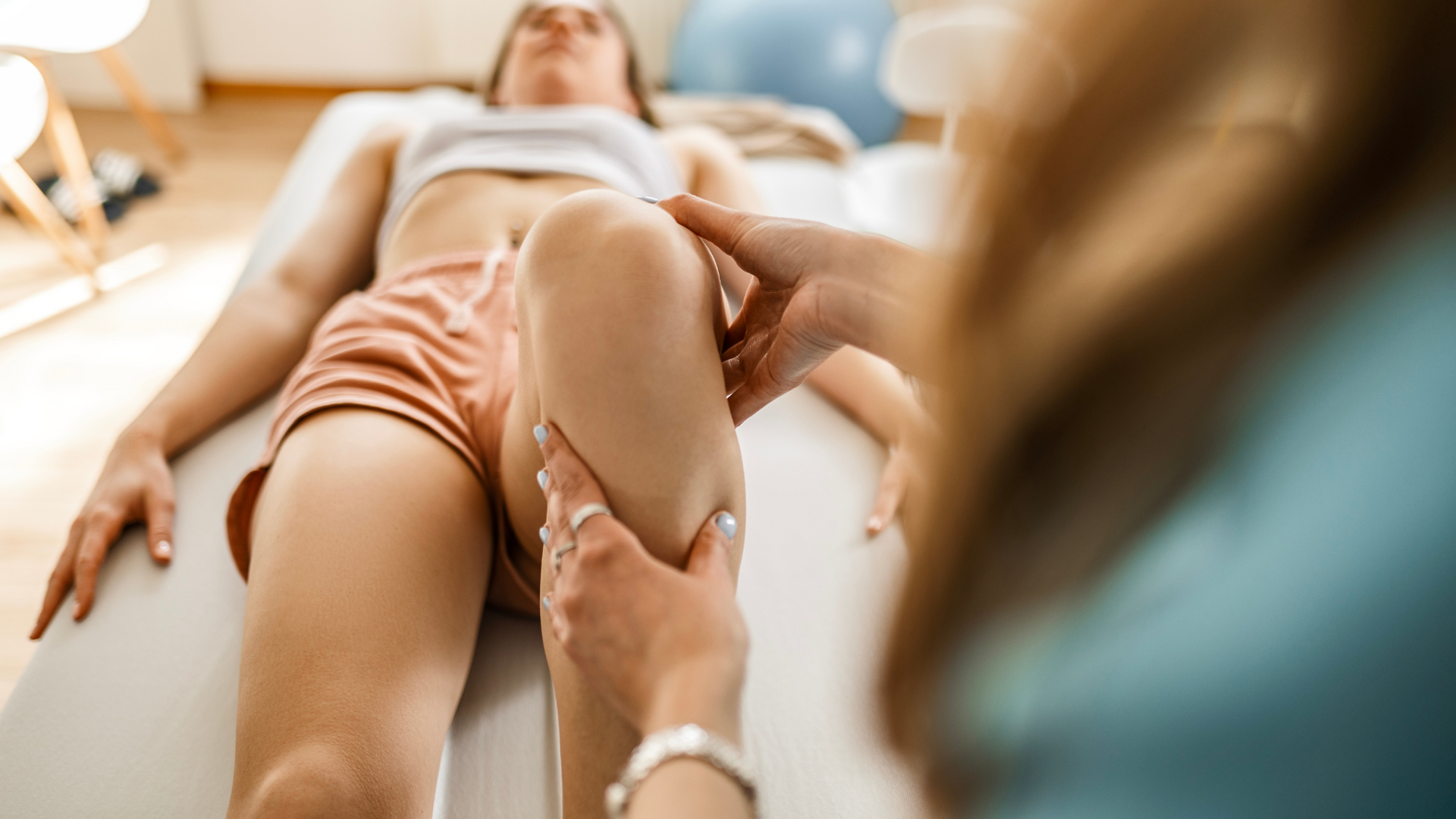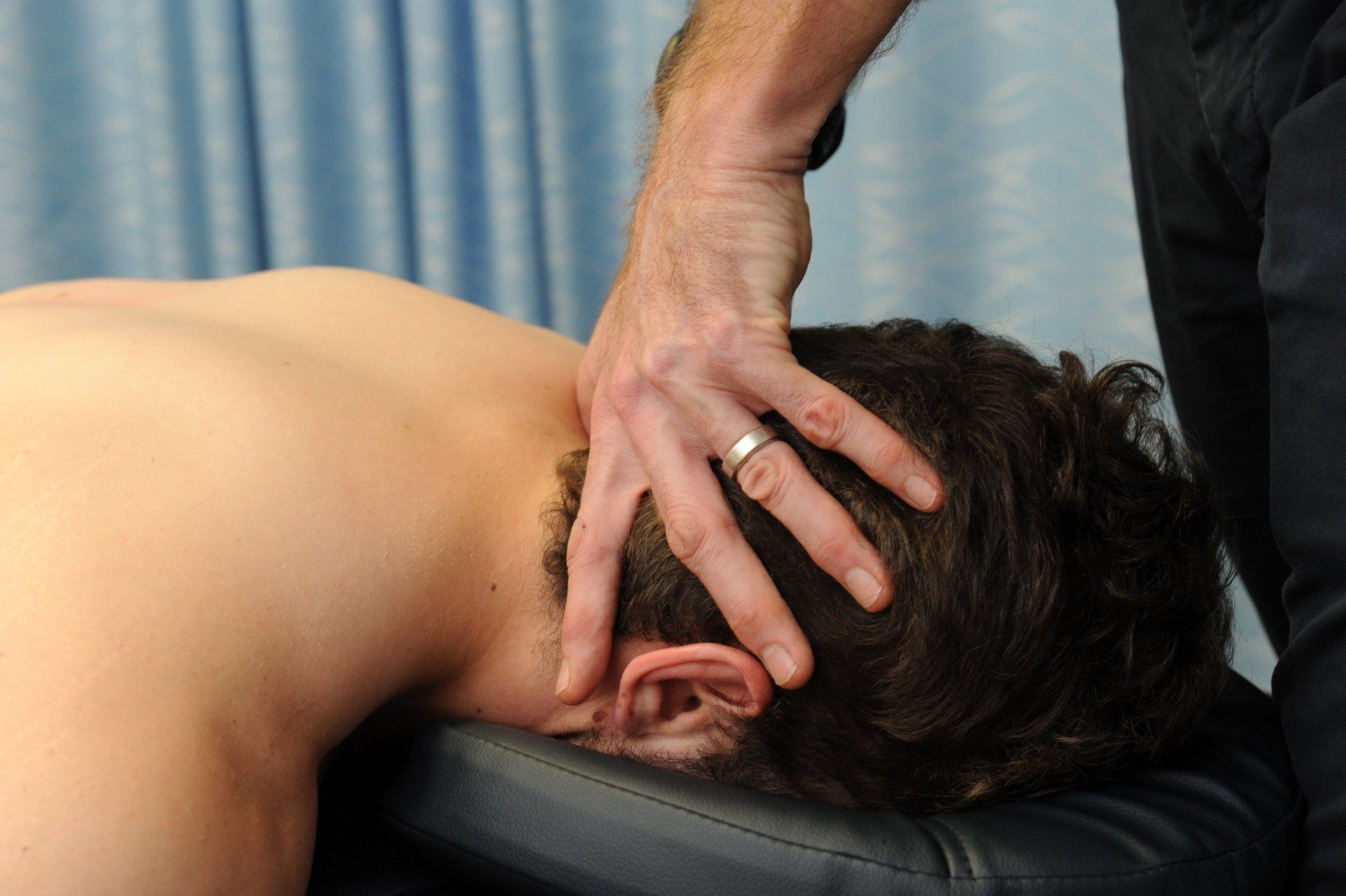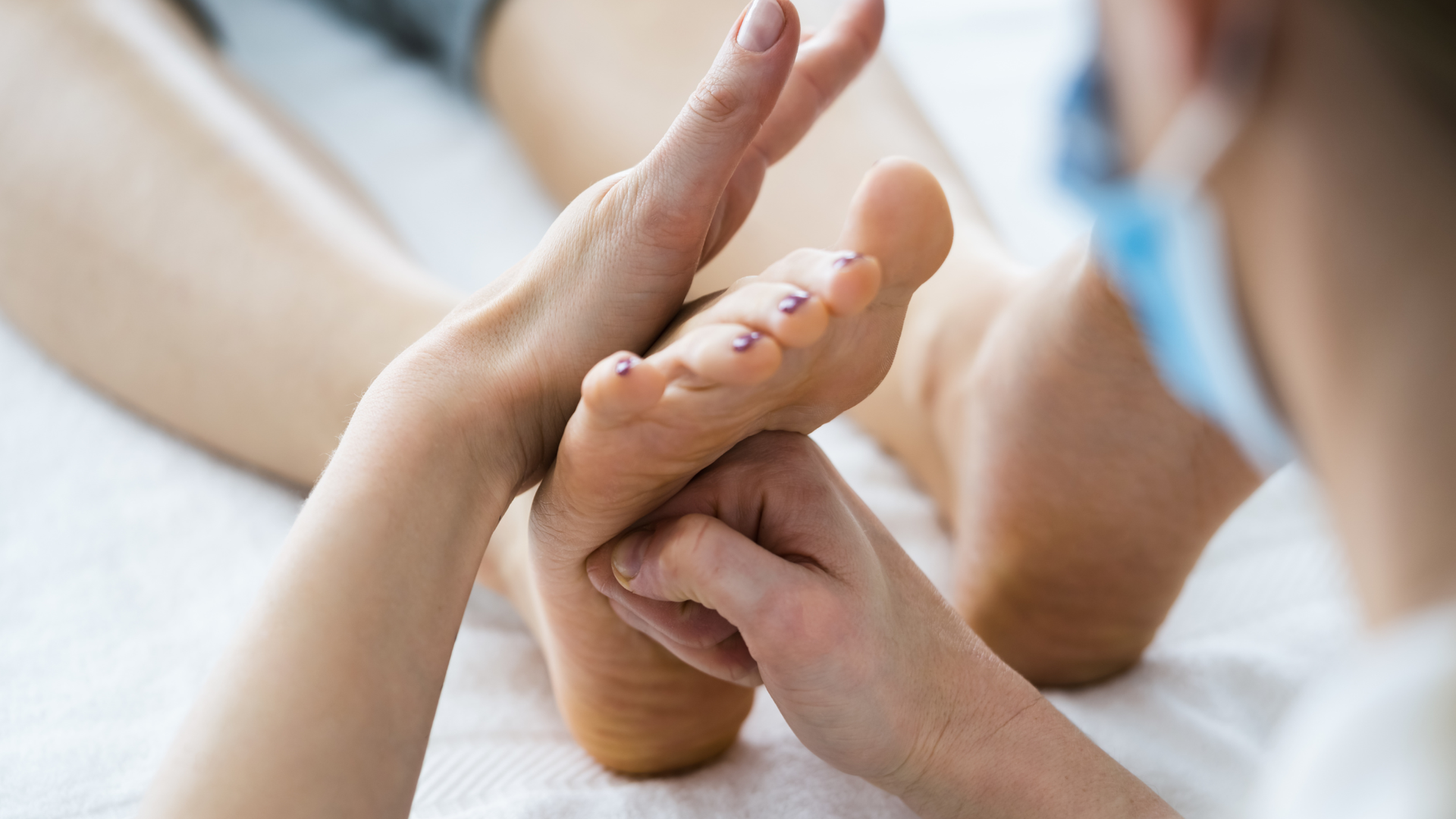The Knee - ACL Injuries Part Three
What are ACL injuries, how are they managed, and can we prevent them?

They’re big questions, and to ensure we don’t send you to sleep talking endlessly about Anterior Cruciate Ligaments (ACLs), we’ve broken it down into 3 parts:
(1) ACL Injury
(2) Injury Management, and
(3) Injury Prevention.
Part Three – Injury Prevention
ACL injury rates are on the rise, particularly in younger populations and in females. In Australia, part of this rise is attributable to the rapid increase in uptake of dynamic sports such as AFL, Rugby and soccer by females, but it is also influenced by many other factors as discussed in Part One. In this blog, we are going to look at those risk factors that are modifiable, programs that claim to help reduce the risk of ACL injuries, and what the evidence so far says about these programs (spoiler alert, it’s pretty good).
Risk Factors – Modifiables
As discussed in Part One, there are a lot of risk factors for ACL injury that we CANNOT change – things like gender and anatomy. When considering injury prevention programs, it is the MODIFIABLE risk factors that we are interested in.
We’ve used the term neuromuscular a few times in this blog series, medical lingo for the system that facilitates and controls movement in our muscles and skeletal system. And the cool thing about this system is it is ADAPTIVE. We can change it. It is MODIFIABLE.
With ACL injury prevention, the neuromuscular factors we are talking about can be broken down into four categories:
- Movement and alignment – how does the knee move? Are there any restrictions above and below the knee joint (for example, a stiff ankle joint will increase load on the knee joint)? How well do the gluteal (hip) muscles control the dynamic position of the knee?
- Strength – Good quadriceps, hamstring, gluteal and trunk strength is essential for good knee control. A weak quadricep muscle will reduce knee flexion, while weak hamstrings, hip abductors and core muscles can all impact on dynamic knee position resulting in an increase in knee valgus position.
- Ground Reaction Forces (GRFs) – this refers to the amount of force the ground applies back onto the body. If muscle strength is reduced, the load applied back through to other structures such as joints and ligaments can be increased. We need strong muscles to be able to absorb and counter high GRFs.
- Fatigue – as we fatigue, we gradually lose motor control, which exacerbates the risk factors noted above – reduced strength, alterations in movement patterns and reaction speeds, and increased transference of load to joints and ligaments.
Now this might sound complicated, but a well-designed exercise program coupled with targeted physiotherapy intervention can help get all of this under control.
ACL Injury Prevention Programs
Imagine if we could prevent ACL injury. In doing so, we would bypass the physical trauma of the injury, reduce surgery costs and associated risks, reduce interruptions to a sports season, and minimise time lost to essential treatment processes.
While the term prevention is used a lot, risk reduction is probably more appropriate. Over the past 10 years, there has been an explosion in the number of programs aiming to reduce ACL injury risk. Many sporting associations have designed their own programs, incorporating activities and movement patterns specific to their sport. Examples include the FIFA11+ program for soccer, Netball Australia’s KNEE program, the Prevent Injury and Enhance Performance (PEP) Program, and the recently released AFLW Prep-to-Play program.
What all these programs have in common is the inclusion of multiple physical components to address neuromuscular deficiencies including flexibility, strength, plyometrics, balance and agility, and running. This combination of activity reduces all knee injury risk, including ACL, when participated in on a regular basis.
Do they work?
Yes, they do. The FIFA 11+ program is reported to reduce the incidence of ACL injury by about 30%, while various systematic reviews (Noyes and Barber Westin, 2021 and 2014, Dargo et al., 2017) demonstrated a reduction of ACL injury rates with the PEP Program. Arundale, Bizzini, Giordano et al. (2018) published clinical practice guidelines for ACL injury prevention and summarised that “there is robust evidence for the advantages of exercise-based knee injury prevention programs, including reduction in risk for all knee injuries and for ACL injuries specifically, with little risk of adverse events and minimal cost ”.
Moreover, these programs can be targeted and implemented safely and effectively by coaches, parents, health professionals and sports trainers.
Keep in mind these programs are not a panacea though, and good clinical assessment, treatment and targeted intervention is imperative in overall ACL injury risk reduction.
The Take Home
If you’ve injured your ACL, participating in an ACL injury prevention program is essential, for life (or at least as long as able!). It should basically become part of your weekly routine, like washing your hair or putting the bins out. It does not need to be arduous or excessively time consuming. Most of the warm-up programs listed above are designed to be completed in 20 minutes, 3-4 times per week, and are adjustable to fit with your changing physical capacity and ability.
Keep in contact with your physiotherapist. They are the key medical professional in your knee health now and into the future. A simple check-up to monitor your knee strength, range of motion and functional control against baseline measures and adjust your exercise program will help keep you active for longer and your knees happier and healthier.
If your looking for some more information on the management of ACL injuries, check out theses perspectives from the Journal of Orthopaedic Sports and Physical Therapy:
- Knee Ligament Sprains and Tears: Clinical Practice Guidelines — Ensuring Best Care
- Anterior Cruciate Ligament Surgery: Optimize Return to Activity andMinimize Risk of a Second Injury
- Return to Sport: When to Resume Full Activity After an ACL Surgery
- Preventing Knee Injuries: Exercises to Keep You From Getting Sidelined
Do you have knee pain?
Have you recently injured your ACL?
Do you want better knee health now and into the future?
Give us a call or click on BOOK AN APPOINTMENT to book online.
We love knees and we love helping people with all sorts of knee problems get back to doing what they enjoy most.
Resources: For a full list of the resources used in this series, contact us via our Contact Us page.








